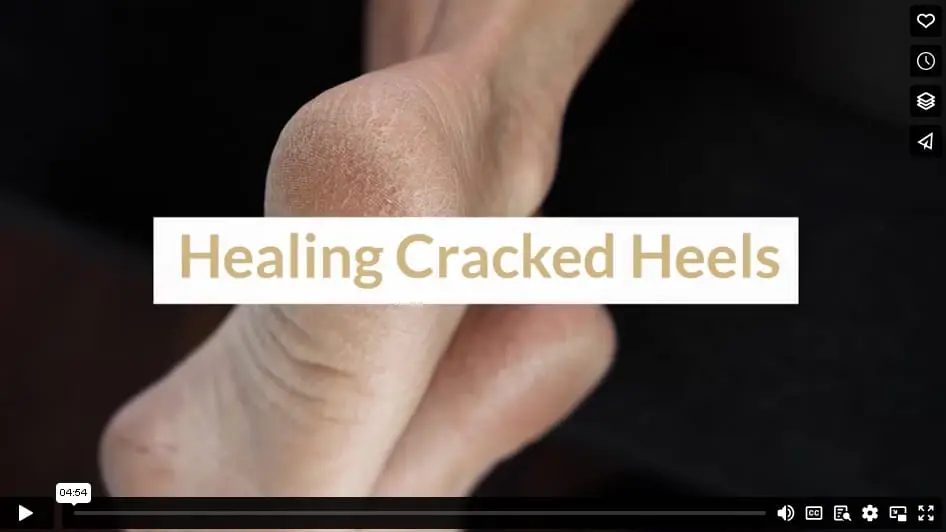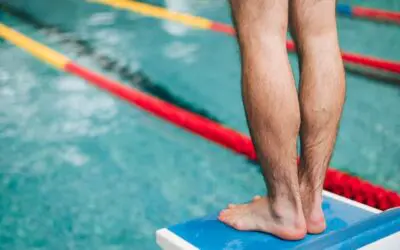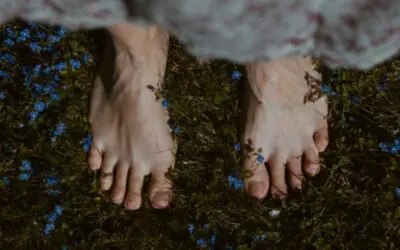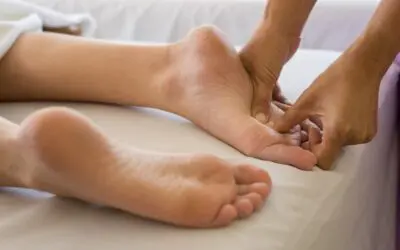With sandal season upon us, no one wants to be the socks and sandals guy due to embarrassment about their cracked heels. If you want to avoid the fashion faux pas of wearing stockings with open-toed footwear, then you will want to address those cracks sooner rather than later. Why do some people get cracks? What can you do to fix them? How can you prevent them in the future? Let’s dive into all this and more.
Who is Susceptible to Cracked Heels?
Some people are more blessed with the genetics and risk factors for cracked heels than others. Let’s take a look the characteristics that make someone more likely to develop cracked heels:
- Live in a dry climate
- Pre-existing skin conditions such as eczema
- Psoriasis
- Unmanaged diabetes
- Recent bouts of fungal infections
- Run-in with athlete’s foot
- Heel spurs
- Hypothyroidism
- Sjögren’s Syndrome
- Flat feet
- Obesity
- Juvenile plantar dermatosis
If you have any of these conditions, you should take extra precautions to prevent cracked heels.
What Causes Cracked Heels?
Cracked heels can have multiple causes. Let’s break down the most common causes of cracked heels.
Dry Skin
Your heels are cracking because they can’t hold enough moisture in the skin. When the skin has less moisture, it becomes less elastic. When the elasticity of your skin is lost, it breaks and cracks.
Standing for Extended Periods
When you stand, the fat pad under your heel absorbs your weight and it spreads underneath that pressure. When you stand for too long, the pressure can become too much for the skin to hold, causing breaks or cracks.
Improper Footwear
Shoes that don’t provide support and cushion to the back of the heel can exacerbate the problem. If your shoes don’t support your weight, your foot absorbs the pressure when you stand. Open-backed shoes or shoes with flimsy soles are notorious for not providing the support your heels need. Excessively wearing open-backed shoes can increase your risk of cracked heels.
Shoes that are too big or too small may also contribute to the problem. Excessive friction on the heels from tight-fitting shoes can cause cracked heels, as can shoes that are so big they don’t provide enough support to the back of the foot.
If you are concerned about cracked heels, the best footwear for you would be properly fitting, closed-back shoes that provide cushion and support for your feet. (Your podiatrist may have a more specific recommendation if you need one.)
Dry Weather
If you live somewhere that lacks humidity, you are probably used to combatting dry skin constantly. Your heels need the same attention as your hands. When the weather is particularly dry, you will want to give moisturizing attention to your heels.
Improper Gait
If you walk incorrectly, you can cause quite a few problems with your feet; cracked heels are just one. If you are concerned about how you walk, schedule an appointment with a podiatrist to help you assess your gait. They may have suggestions on footwear or custom orthotics that may help.
Obesity
Additional weight will put more pressure on the pad of fat under your heel. The additional pressure will cause the skin to break or crack.
How Do You Treat Cracked Heels?
Cracked heels can seem daunting to fix. Here are the best steps to take to alleviate you from the heel pain and cracking.
Moisturize, Moisturize, Moisturize
We didn’t repeat that three times just to get you to remember it. There are three moisturizing steps that you should take if you want to tackle these cracked heels quickly.
- Use a humectant moisturizer. Humectant moisturizers help attract water from the atmosphere or the surrounding skin. They maintain moisture in the area where you apply them and increase the skin’s capacity to withhold water.
- Seal it with an occlusive moisturizer. A thick layer of occlusive moisturizers applied before bed can help seal the moisture once the foot has absorbed the humectant moisturizer. Examples of occlusive moisturizers include:
- Petroleum jelly
- Mineral oil
- Silicones
- Lanolin
After the occlusive moisturizer has been thickly administered, wearing 100% cotton socks can help keep the moisturizer in the right place while you sleep. (Your sheets will thank you, too.)
- Find an everyday moisturizer. Even after your heels have healed, you will still want to moisturize them, though you don’t have to go to extremes. An everyday moisturizer, such as CeraVe, can help you maintain your moist heels after the cracks are gone.
Exfoliate
That cracked heel is made of a lot of dead skin cells that need to go. You have a few different options for exfoliation. Choose the one that you’re most comfortable with.
- Pumice stone
- Skin grater
- Nail file
Whichever you choose, you will want to be sure to soak your feet first to loosen up the skin.
Liquid Bandages
If your cut is deep enough, you will want to consider sealing it with a liquid bandage. This can prevent infection while stopping dirt and other foreign objects from entering the wound.
How Can You Prevent Cracked Heels?
After you’ve gone through all the hard work of eliminating your cracked heels, how can you make sure they don’t come back?
- Be sure to choose properly fitting footwear
- Moisturize right after you wash your feet to lock in the water
- Avoid heavily scented body washes or soaps
Put the “socks and sandals” look away; you can now proudly show off your heels without giving it a second thought.
Video




